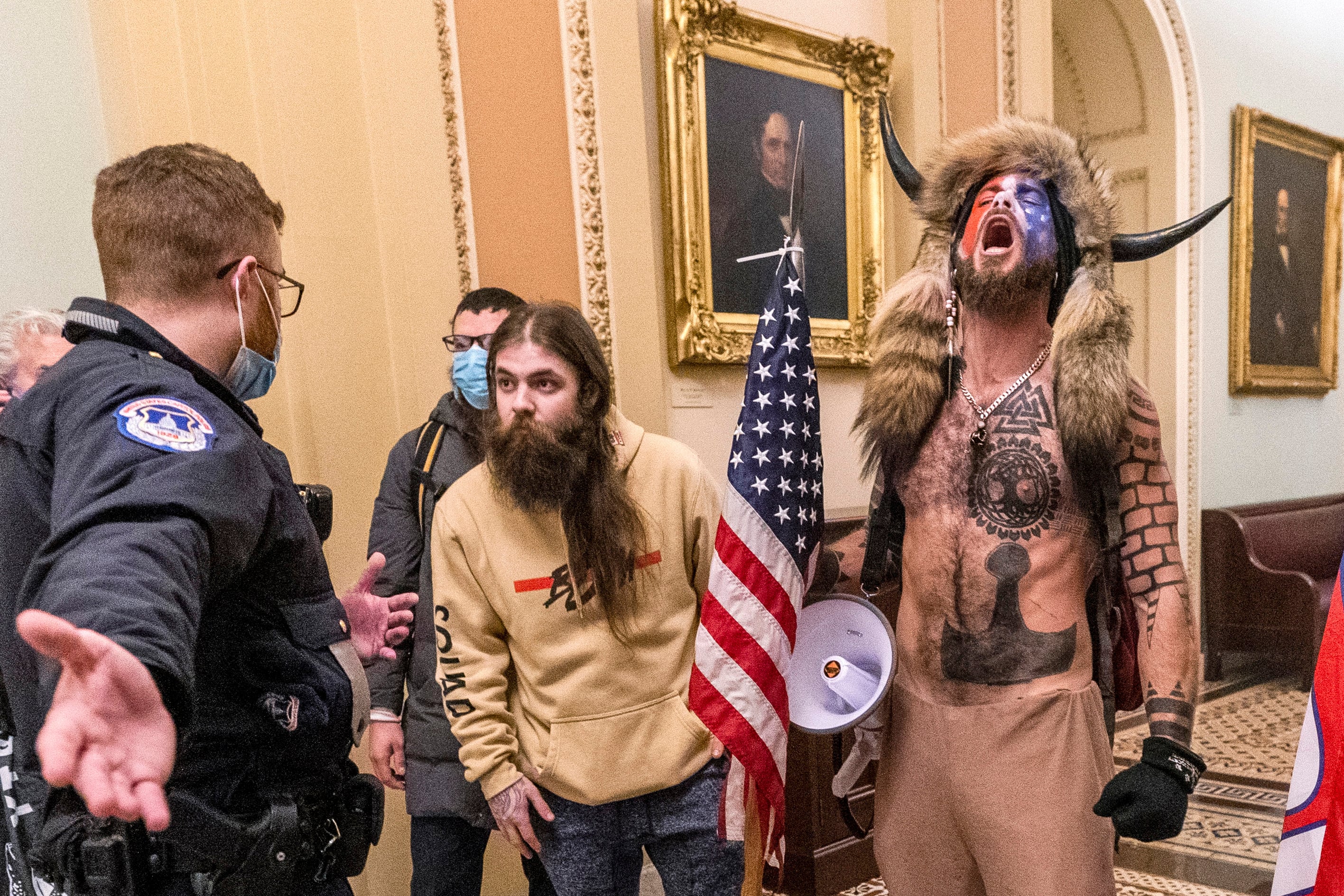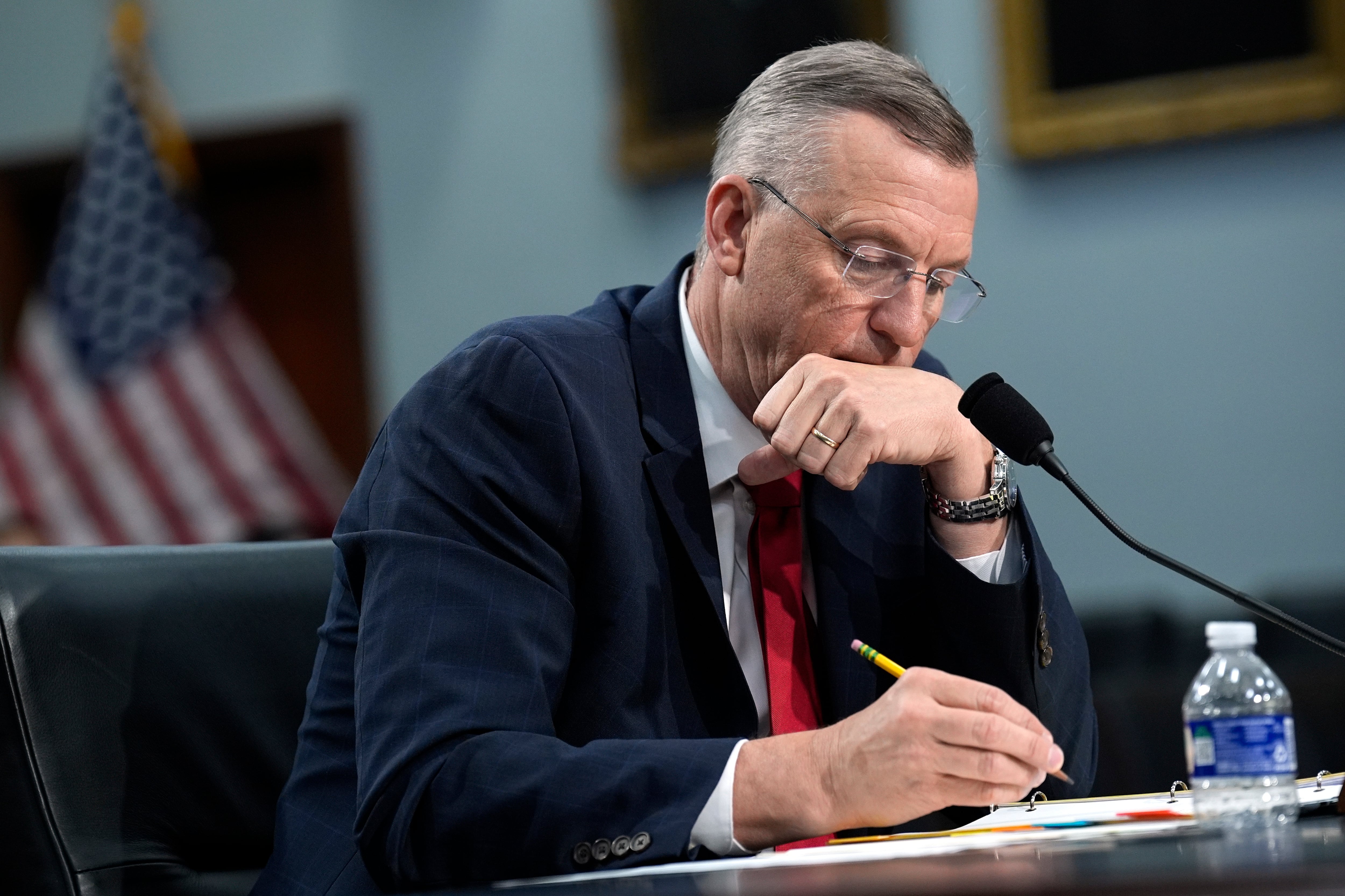The services took in 211 reports of domestic extremism between October 2021 and September 2022, 183 of which launched investigations, according to data in a recently released report by the Defense Department inspector general.
Of those, 48 service members were subject to military legal action and 112 were referred to civilian law enforcement for investigation, according to data compiled by the services and submitted to the IG.
This type of tracking is new for the military, as prior to 2021, there was no requirement to do so.
As part of its ongoing efforts to confront racially-motivated, anti-government or otherwise violent domestic extremism, the Defense Department has asked the military services to compile data on every report taken and every investigation launched into what’s referred to as “prohibited activities.”
The most recent data was compiled as part of a larger IG evaluation of several DoD and service-specific reports issued in 2021 and 2022, including from DoD IG, Army IG and the Government Accountability Office, that deal with diversity, equity and inclusion efforts across the department.
The main problem the IG found with these efforts is that the services don’t use the same terminology across the board, making it difficult to present department-wide data.
For example, the Army and Air Force Departments use the same terms as the FBI and the Homeland Security Department to describe different kinds of violent domestic extremism, as required by the 2020 National Defense Authorization Act, but the Navy Department has its own terms, the IG found.
“Until the DoD establishes standardized policy pertaining to allegation terminology and uses a centralized database for allegation reporting and tracking, the DoD will have inconsistent tracking of prohibited activities participation; problems identifying and collecting data from multiple, decentralized systems; and difficulty validating the accuracy of reported data,” according to the report.
RELATED

This issue also came up in a December 2021 IG report that covered data from January through September of that year.
In it, the Air Force created its own, undefined category of allegation ― “domestic violence extremism participation” ― while the other services broke out their reports by whether they were racially-motivated, anti-government or something else.
Problems with complete tracking and standardizing of data continue, according to this latest report.
“For example, the Department of the Army stated that its current use of several separate databases made it difficult to track total allegations if the allegation did not have a follow-on status of investigation, inquiry, or referral,” the report found. “Therefore, the Army’s total allegation data does not reflect its total number of allegations, just the total number of allegations with a follow-on status.”
According to the data, which the IG report indicates they did not independently verify, the Army Department reported 73 extremism allegations, with 24 for the Air Force Department ― which includes Space Force ― 23 for the Navy and 14 for the Marine Corps.
“Supremacist” allegations were tracked separately, with none reported for the Army, two for the Force, three for the Navy and seven for the Marine Corps.
In the “criminal gang” bucket, the Army reported 54, the Air Force none, the Navy four and the Marine Corps seven.
Of the 48 total who were handled within the military, they were overwhelmingly given administrative actions, 34 in all. Four went to court-martial, three were subject to other criminal proceedings and six resulted in non-judicial punishments.
Republican members of the Senate Armed Services Committee in July called for the department to halt all of its anti-extremism efforts, calling instances “exceptionally rare.”
Senior officials have, however, acknowledged that their training and knowledge makes service members and veterans a target for extremist group recruiting, and that the impact of one service member involved in a domestic extremist organization has outsize implications for the rest of the force.
“We do know that our force is being made aware of those organizations that are out there that are actively recruiting people,” Senior Enlisted Advisor to the Chief Ramon Colón-López, the department’s top enlisted member, said last year. “And we need to make sure that they stand clear from them. It’s not good for the department and it’s not good for the image of the military.”
Meghann Myers is the Pentagon bureau chief at Military Times. She covers operations, policy, personnel, leadership and other issues affecting service members.





